The Coolest Place You’ve Never Heard Of
A deep dive into the Gulf of Mexico's little-known DeSoto Canyon with Okeanos Explorer
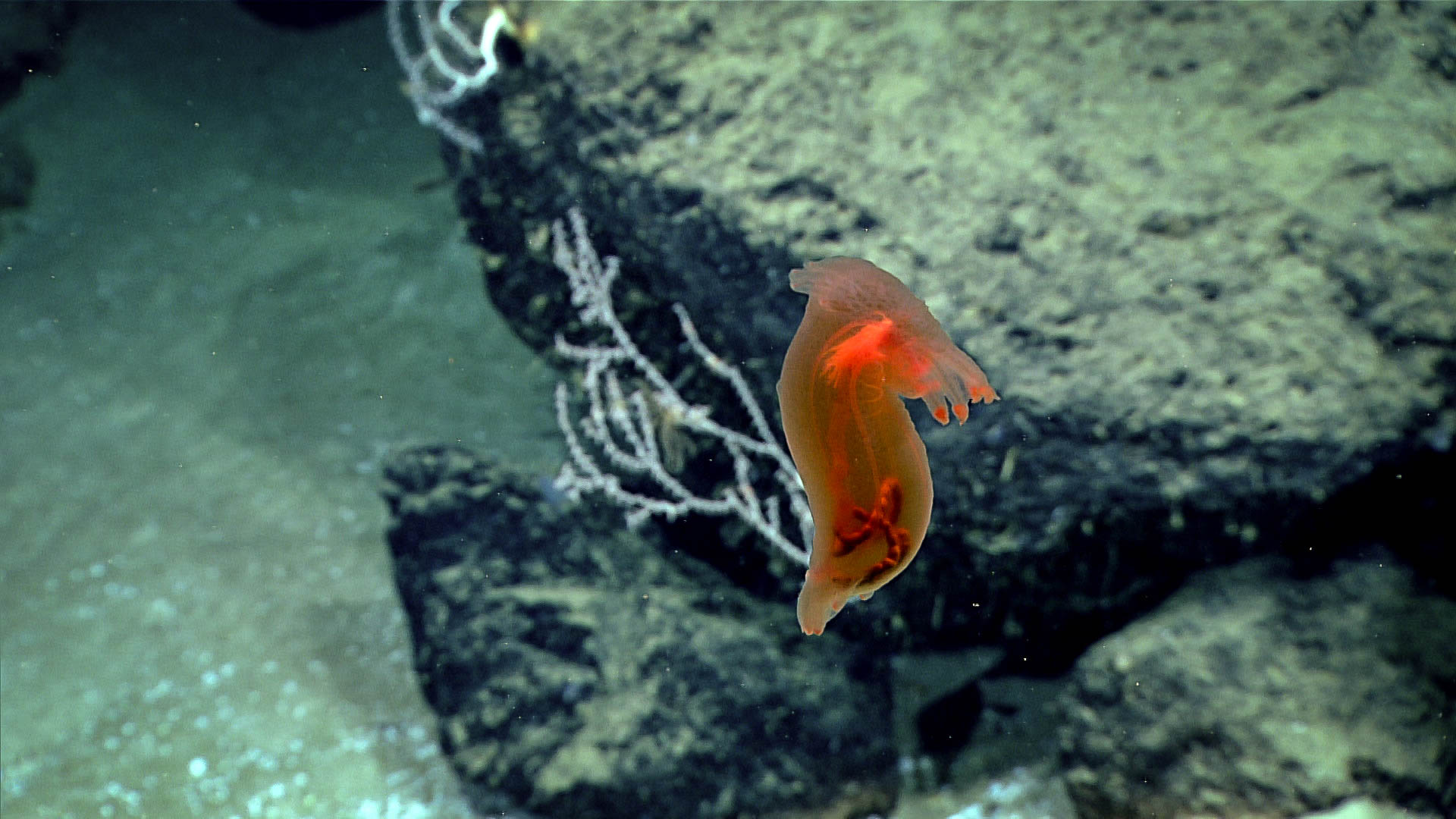
Do you know why the fishing is so good in places like Destin, Florida or Orange Beach, Alabama? A major reason for this is a huge underwater canyon called DeSoto Canyon that lies just 60 miles offshore. It cuts through the Gulf’s soft, sloping continental shelf, creating an underwater canyon over 3,000 feet deep. The canyon acts a chute that sends cold, nutrient-rich ocean water up toward the surface to support lots of marine life, like corals, fish and endangered whales.
We still know less about the seafloor than the surface of the moon, and that’s why it’s so exciting when deep-sea missions like the NOAA Ship Okeanos Explorer visit special places like the DeSoto Canyon. For the past four weeks, a team of scientists and technicians aboard the Okeanos Explorer have been uncovering new areas in the Gulf of Mexico. With a live video broadcast from their remotely operated vehicle (ROV), they dove more than a mile down to the seafloor to explore the rich diversity of habitats, geological features and shipwreck sites. The goals of this expedition include discovering unexplored areas of the deep sea, mapping the seafloor, collecting samples and providing free public access to the deep sea in real time.
The scientists and crew aboard the Okeanos Explorer may not have known exactly what they were going to find, but their efforts sure paid off once the ROV hit the ocean floor. Here are the top ten moments from two days of dives in DeSoto Canyon.
A sea cucumber feeding.
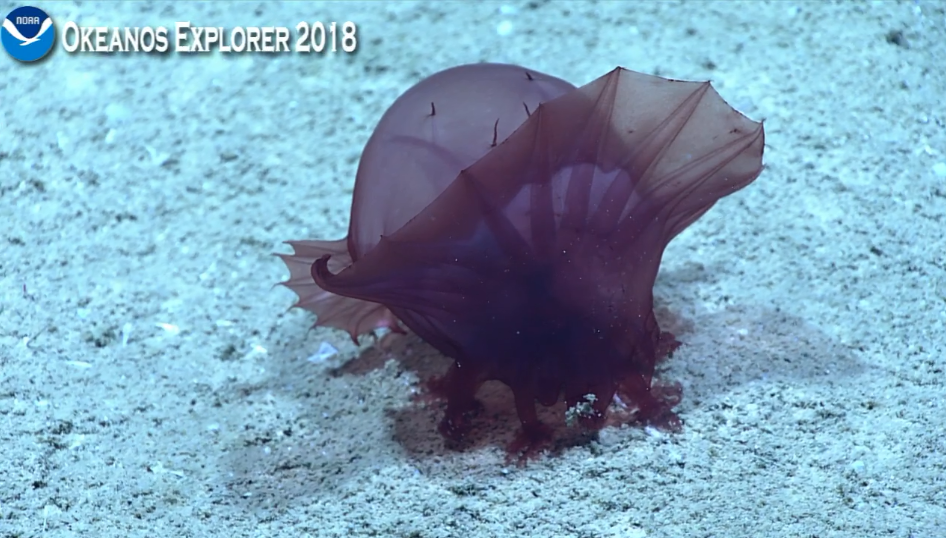
The unusual looking ‘black coral.’

A squat lobster.

A glass sponge.

A cusk eel.
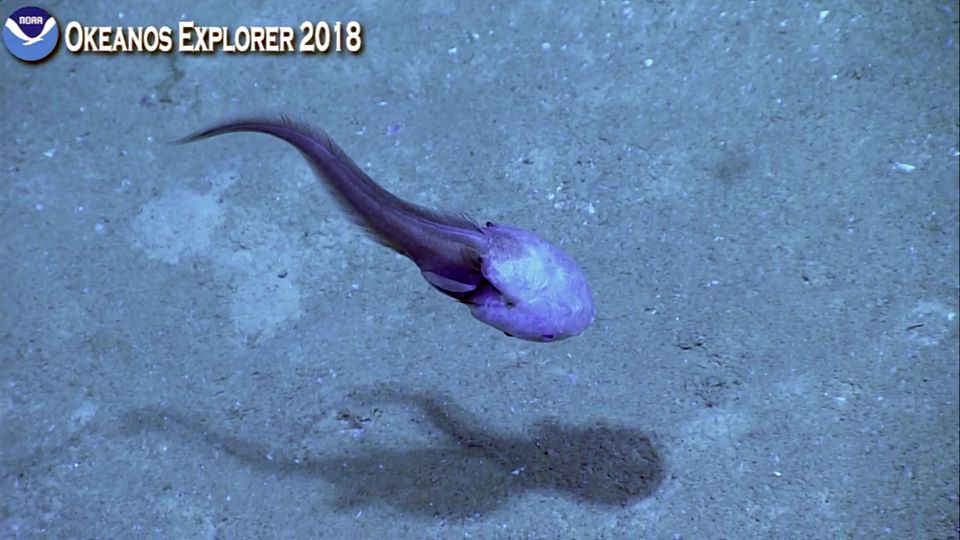
A hedgehog sponge.

A sea cucumber swimming.
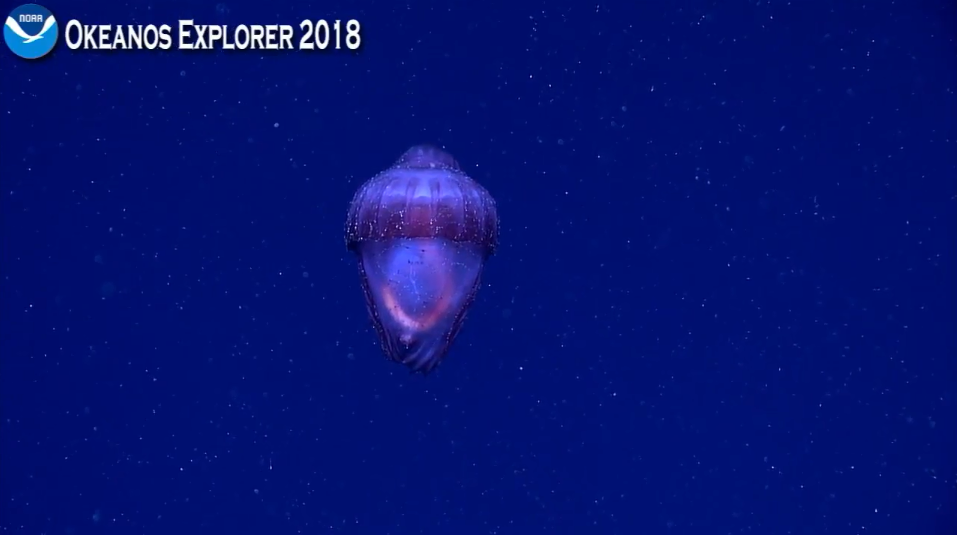
An interesting starfish.

A mushroom coral.
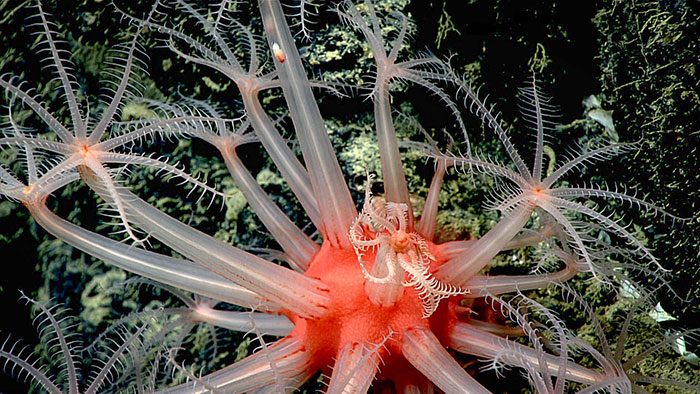
A fascinating octopus.
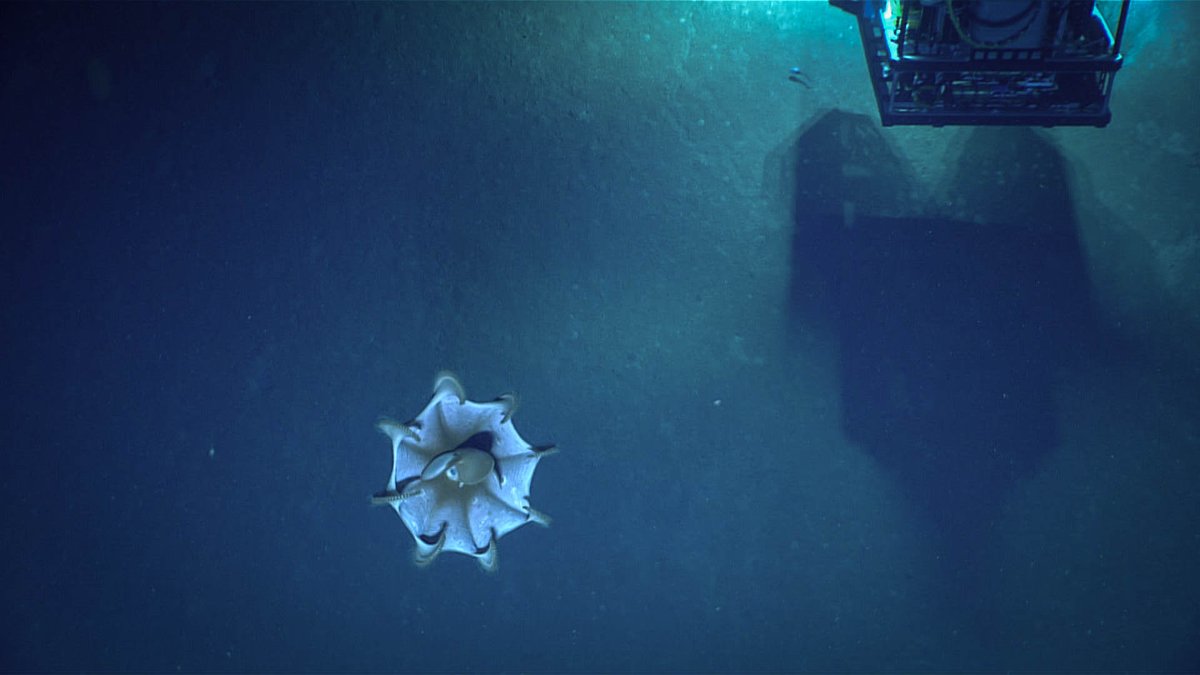
This bubblegum coral.
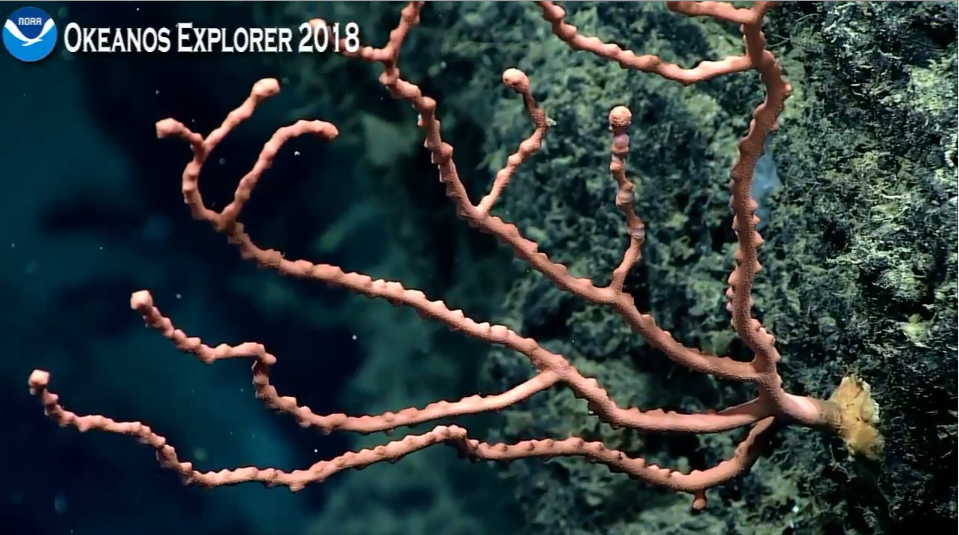
A rare photo of a sea star eating a sponge.
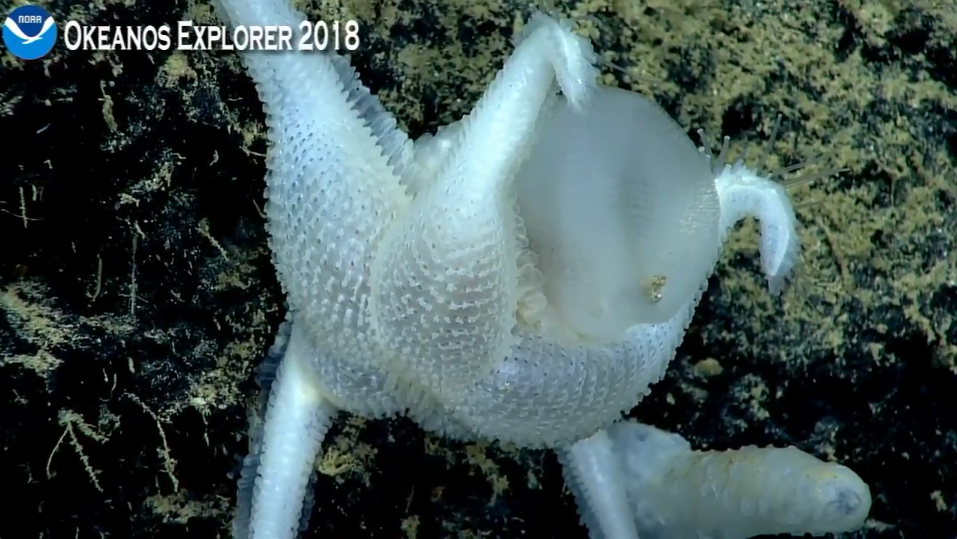
DeSoto Canyon’s location is important, not just for fishing—it’s also close to the site where the Deepwater Horizon oil rig exploded and sank to the bottom of the Gulf. Today, an estimated 10 million gallons of BP oil still contaminates the seafloor. Research expeditions to the blown-out wellhead found dying corals covered in a layer of oil-tainted material. And we don’t know how long it will take for these ancient corals to recover. However, many of the same coral species that were killed by the BP oil disaster are also found in DeSoto Canyon. Thanks to the current efforts to restore the Gulf, we now have an opportunity to map the canyon area, learn what types of deep-water corals are there and determine whether they are healthy. Expanding our knowledge of these remote, special places is the first step to measuring their recovery and restoring the deep sea, and Okeanos Explorer plays an important part in these discoveries.
Congratulations to the Okeanos Explorer team on a successful cruise in the Gulf of Mexico, and thanks for taking us on a trip to the Gulf of Mexico’s hottest destination, the cool depths of DeSoto Canyon!